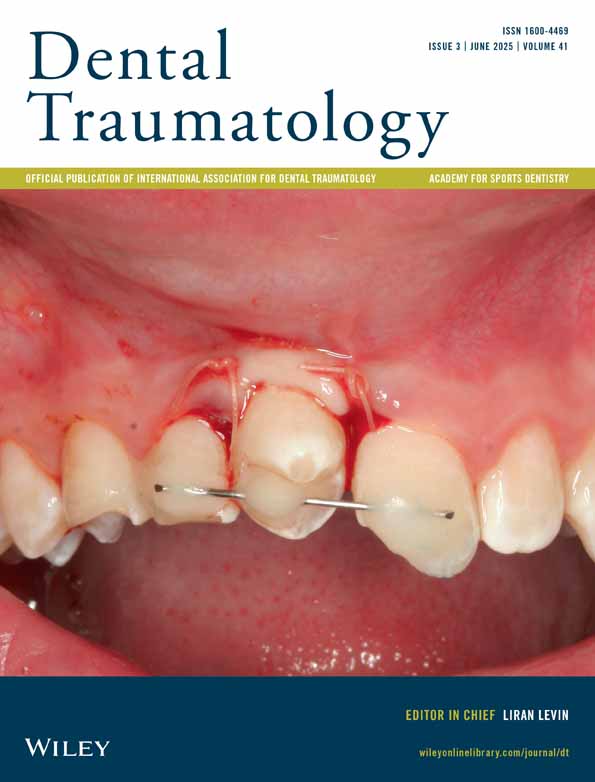Urban Violence and Maxillofacial Trauma: Sex Differences in a Cross-Sectional Study From Belo Horizonte, Brazil
Funding: The authors thank CAPES (Coordenação de Aperfeiçoamento de Pessoal de Nível Superior) for supporting academic and professional development. This study was partly financed by the CAPES–Brazil (finance code 001). This study was approved by the Research Ethics Committees of the Universidade Federal de Minas Gerais (CAAE 59508722.3.0000.5149) and the Hospital Metropolitano Odilon Behrens (HMOB) (CAAE 59508722.3.3001.5129).
ABSTRACT
Background/Aim
Urban violence represents a significant public health issue globally due to its profound impact on daily life and the high prevalence of victims seeking care in health services. This study aims to evaluate sex differences in victimization patterns, using maxillofacial trauma as a marker for urban violence.
Material and Methods
This cross-sectional study analyzed data from medical records of patients treated for traumatic injuries at a referral hospital for traumatology in Belo Horizonte, Brazil, between January 2008 and December 2022. Statistical analysis included both descriptive and multivariate methods, with logistic regression used to examine the association between epidemiological variables and sex in cases of urban violence leading to maxillofacial trauma, especially those resulting from interpersonal violence and traffic accidents.
Results
A total of 6447 records were reviewed, with 32.5% of the cases involving female patients. Among female victims, the age group of 30 to 59 years was the most frequently affected. Violence predominantly occurred at night (75.8%) and on weekdays (52.8%), with most cases classified as naked aggression (71.4%). Women were less likely to sustain multiple fractures than men (OR = 0.72, 95% CI 0.57–0.92) when compared to dentoalveolar trauma. Additionally, female patients with facial trauma were more likely to receive conservative treatment compared to male patients (OR = 1.58, 95% CI 1.31–1.91).
Conclusion
Sex differences are an important parameter in understanding victimization patterns associated with maxillofacial injuries resulting from urban violence. Is the findings suggest that men are more frequently victims of severe trauma and are more likely to undergo surgical treatment for maxillofacial fractures than women.
Conflicts of Interest
The authors declare no conflicts of interest.
Open Research
Data Availability Statement
The data that support the findings of this study are available on request from the corresponding author. The data are not publicly available due to privacy or ethical restrictions.




